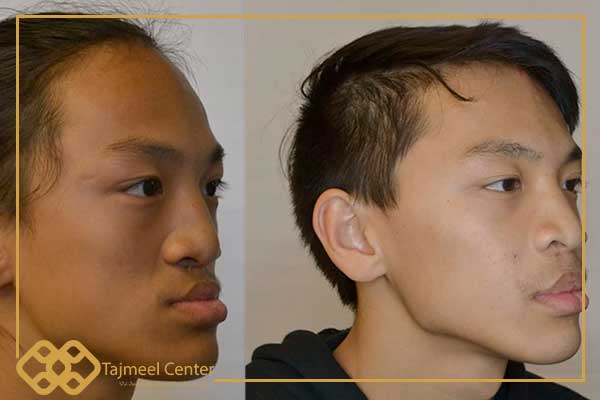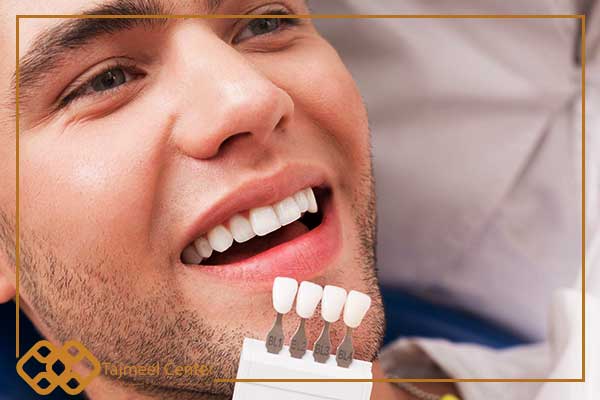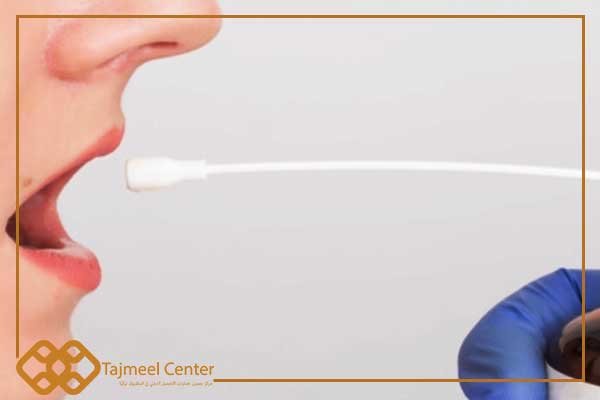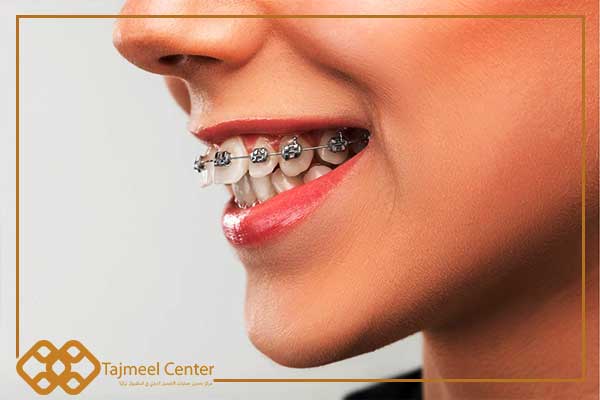lower jaw surgery before and after
lower jaw surgery before and after – Lower jaw operation | Dental implants and orthodontics are among the important cosmetic and treatment operations for their important aesthetic and functional role in human life. Jaw surgery and its problems are among the most common problems among people.
The tremendous medical development in the past few decades used to amaze us with what we did not think was possible, and jaw surgery had a great share of this development, as it includes various types of operations that can be performed on both jaws and for several purposes, including cosmetic and other functional ones.
It is difficult to summarize this vast sea of information about jaw surgery in a few lines, but we will provide you with a comprehensive overview as possible about its various types. Follow with us this useful article from the Istanbul International Aesthetic Center .
The Istanbul International Aesthetic Center is considered one of the best centers in performing plastic surgeries, thanks to the presence of the best dentists and cosmetologists and the use of the latest technologies and medical devices:
The cost of mandibular surgery Istanbul International Aesthetic Center
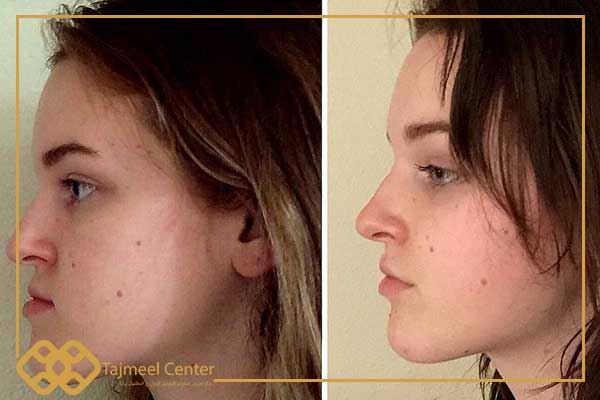
Who needs mandibular surgery?
In the normal state, the upper jaw is slightly ahead of the lower jaw and surrounding it. In the event that the position of the jaws is otherwise, this will cause difficulties in chewing, biting food, respiratory problems and pain in the jaws or one of them. This also increases the possibility of tooth decay or harm.
Based on these criteria, candidates for mandibular surgery often suffer from:
Advancement of the lower jaw over the upper:
- The lower jaw should be slightly lower than the upper jaw.
- When it occurs otherwise, i.e. the upper one precedes the lower one, this condition is medically called a cross bite.
- It may be caused by a small upper jaw, as is common in patients with cleft lip, or an enlarged lower jaw itself.
Excessive maxillary advancement:
- It is normal for the upper jaw to advance slightly, but an increase in this progression indicates a problem.
- Such as the lack of growth of the lower jaw, which is observed in people with Treacher Collins syndrome or Perry Robin syndrome , or due to the large upper jaw.
A space between the jaws:
- This condition is medically called an open bite and causes the teeth of the upper and lower jaws to not touch when the mouth is closed.
- There remains a space between the jaws, which is a common indication for jaw surgery.
Other cases:
- such as joint fractures.
- Asymmetry of the two halves of the jaw.
- chin deviation .
- The inability of orthodontic treatment to adjust the position of the teeth and thus resort to orthodontic surgery.
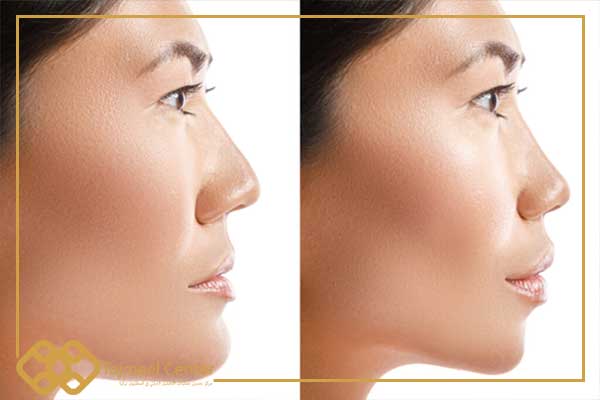
Lower jaw plastic surgery
- Mandibular plastic surgeries are surgeries performed to correct the position of the jaws in the event that the usual orthodontic treatment is not sufficient to fix them.
- The jaws are in the wrong position as a result of poor formation of the structure of the jaws themselves, which can result in poor overlapping of the teeth with each other.
- Thus, it causes trauma to the temporomandibular joint, breathing problems, and problems affecting the aesthetic appearance, and the latter is the main complaint of most patients.
In the coming paragraphs, we will explain the types of mandibular operations, which include:
- Advanced mandibular surgery.
- Reduction of the upper jaw or advancement of the lower jaw.
- Lower jaw fixation and others, with indications for each.
Lower jaw fixation operation
- We start first with the most common mandibular operation, which is mandibular fixation.
- This operation is usually performed after accidents and fractures of the jaw to return it to its place, and it is more complicated than the normal great splints.
- Because the lower jaw is a highly mobile bone that moves during speech, chewing…
- The broken jaw is returned to its correct place and fixed with screws and plates made of titanium that is bio-acceptable by the body. It is often attached to the upper jaw to increase fixation. This fixation lasts for about a month during which the patient cannot eat or speak normally.
Lower jaw retraction surgery
When the lower jaw is ahead of the upper jaw, contrary to the normal condition, it is recommended to perform an advanced mandibular operation, which is conducted briefly as follows:
- The doctor makes a surgical incision in the gums next to the molars or back teeth exactly to reach the bone.
- Making a surgical incision with a specialized saw in the lower jaw bone so that we can move the bone
- The doctor moves the lower jaw back to correct its position, and then fixes it with screws and metal plates.
- Finally, the wound is sutured and closed from the bone to the gums, where absorbable sutures are used in the gums to be removed on their own later.
The process of advancing the lower jaw
In the event that the lower jaw retracts from its upper counterpart, unlike the previous case, we have two options:
- If the retraction is mild and does not cause functional problems, meaning that the problem is only aesthetic, we perform a Texas or chin filler procedure to correct the retraction, which is what we call mandibular plastic surgery without surgery.
- In the event that the retraction causes problems in chewing, articulation, or problems at the level of the relationship of the teeth to each other in general, then we perform the mandibular advancement process, which takes place with the same steps as the mandibular retraction process, as the only difference is that we move the jaw forward and not backward.
Lower jaw reduction surgery
In the normal case, we cannot remove part of the lower jaw to make it smaller, for several reasons and anatomical and functional considerations:
- The lower jaw forms, with its various parts, a passage for many nerves, a base for many muscles, and performs many functions.
- However, in urgent cases, such as tumors that arise at the expense of the lower jaw, then we have to remove part of it.
Lower jaw surgery
The process of cutting the lower jaw or the process of cutting the chin is a process in which the mental protuberance, which is the front part of the lower jaw, is cut, which is advanced for some, giving an appearance that suggests an excessive protrusion of the lower jaw, although the position and size of the jaw itself are normal, but this front part is elongated of the jaw makes it look unnatural.
Lower jaw revision surgery
- In some cases, the lower jaw is so small that it cannot be repaired by one of the previously mentioned surgical procedures, and then we resort to another complex procedure called bone stimulation.
- What is this procedure and what is its mechanism? It is a mechanism that depends on increasing the growth of the lower jaw gradually, and this mechanism has proven its effectiveness better in children and young people in general.
- The operation begins by making an incision in the lower jaw bone, placing a device and fixing it with screws on both ends of the incision that we made, and part of it remains visible.
- The device works to push the two ends of the bone away from each other, thus stimulating the growth of new bone to compensate for the resulting void, and thus the bone volume will increase.
- The device is operated daily for a period of two or three weeks until the required growth level is reached, then the device is surgically removed to allow the bone to fully heal, and with this we have finished the process of exposing the lower jaw.
- The only negative of this device is that it leaves a visible scar in the chin area.
Lower jaw correction surgery
- The last type of operations that we will talk about is the process of sculpting or correcting the lower jaw, which means mandibular beautification without surgery.
- Actually, it is not an “operation”, but rather a technique that uses Botox to define, draw and correct the shape of the lower jaw
- The jaw then appears wider and more defined, and is more common among males, as it gives a rougher appearance to the face
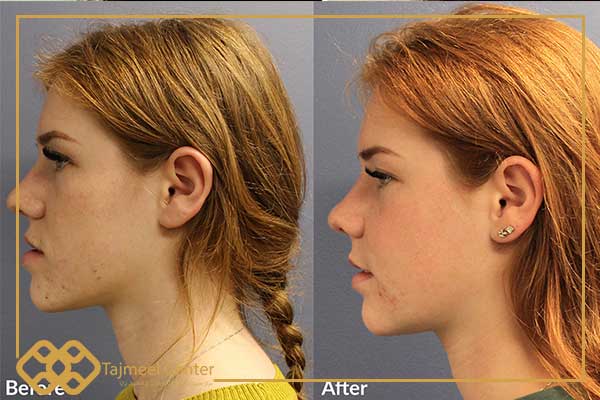
Lower jaw surgery cost (lower jaw surgery before and after)
The cost of mandibular adjustment varies in the first degree according to the type of operation among the operations we just mentioned, and in the second degree according to other factors such as the doctor himself, the country, the difficulty of the case, and others.
However, the cost of mandibular advancement generally ranges between $2000-3000
Lower jaw damage
Any surgical procedure, no matter how simple, has potential damage, but in general, is mandibular surgery dangerous? The short answer is no, but the damages that may result from it are simple and rare, but it is important for us to inform you about them so that you take care and rest assured in the event of any of them occurring:
Bleeding:
- It is normal for a slight bleeding to occur on the first day after the operation, and it is rarely disturbing or heavy bleeding.
- But in the event that this happens, you only need to press a cotton roll on the wound site for a few minutes.
numbness:
- You must have experienced the feeling of numbness in your lower lip after an injection of anesthesia at the dentist.
- This is exactly what will happen after the operation, but it will last for months and in some cases for years.
Bacterial incidence:
- Since the jaw is permanently fixed with plates and screws, some bacterial foci may become active on it.
- It causes inflammation that appears several months after the operation, and the solution is to remove it and repeat the operation, but it is not a common complication.
Adapting to a new bite:
- It goes without saying that changing the position of the jaw will change the way you chew.
- Therefore, the doctor installs rubbers that help lead the lower jaw movements to the new correct position when chewing.
Lower jaw straightening without surgery
When can the advanced lower jaw be treated without surgery?
- In fact, the treatment of mandibular protrusion without surgery becomes possible when the origin of the problem is dental and not structural.
- This last sentence may sound unfamiliar to you, but it simply means that the misalignment of the teeth is due to the poor position of the teeth within the jaw, and not due to the poor position of the jaw itself. Then, regular orthodontic treatment can be resorted to.
Lower jaw surgery before and after
Kate shared her personal experience with mandibular surgery, saying (lower jaw surgery before and after):
- For many years I could not eat normally.
- This was the reason for my excessive thinness, not to mention the external shape that was not acceptable to me.
- For years I hesitated to have the operation because I was afraid of surgery in general.
- But now, four months after I underwent this procedure, I feel very sorry for not having undergone it for so many years.
- It was really one of the best decisions I’ve made, I can chew smoothly and my appearance has improved incredibly.
We come here with you to the conclusion of our article for today, hoping that it will achieve the desired benefit for you, and as usual, we are waiting for your questions and inquiries!
The Istanbul International Aesthetic Center is considered one of the best centers in performing plastic surgeries, thanks to the presence of the best dentists and cosmetologists and the use of the latest technologies and medical devices:
The cost of mandibular surgery Istanbul International Aesthetic Center
